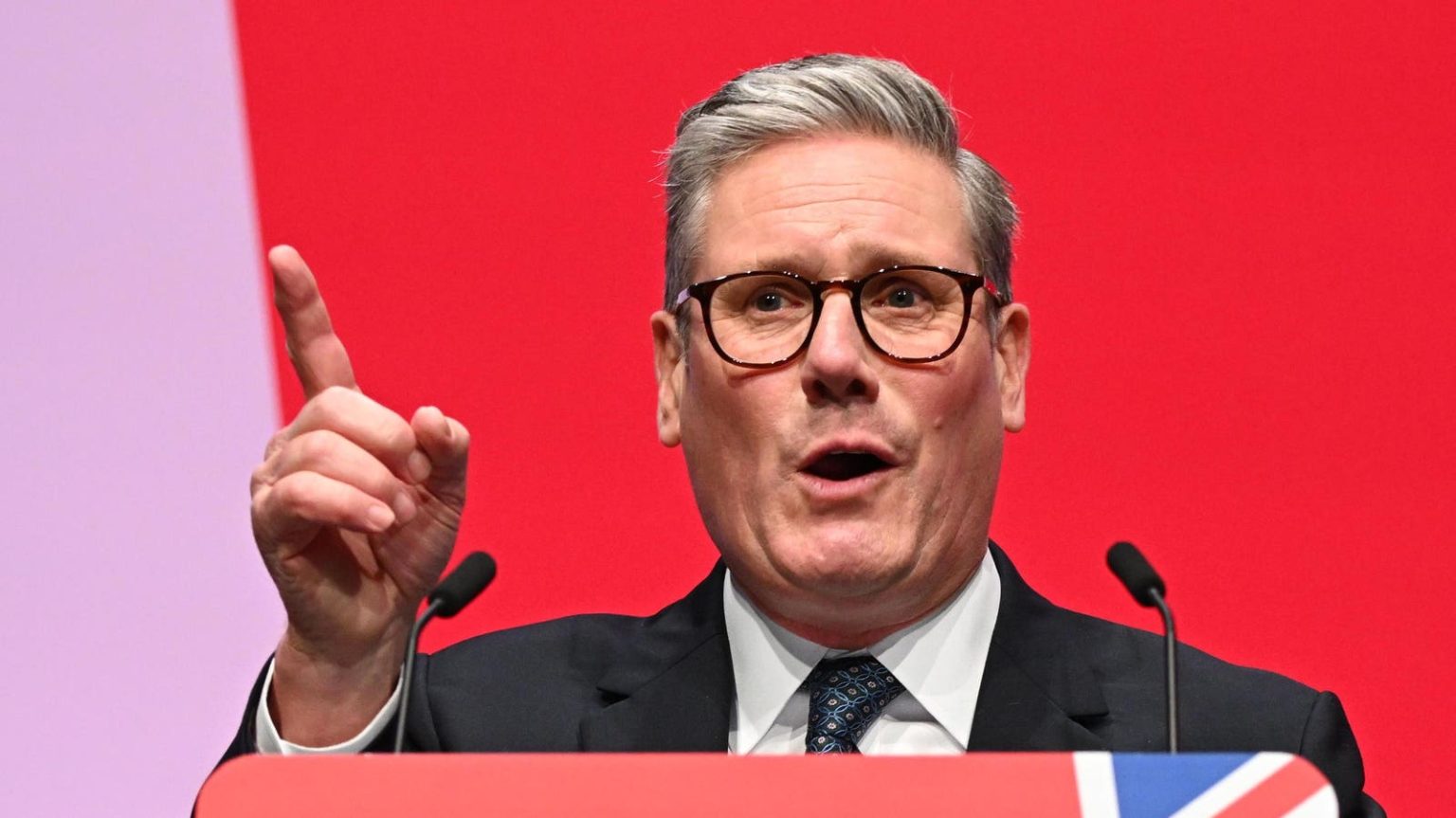The debate surrounding immigration policy in the United Kingdom has intensified, with a prominent think tank, Labour Together, advocating for a significant shift towards long-term targets aimed at reducing immigration levels. This recommendation comes despite Prime Minister Keir Starmer’s public dismissal of the idea of imposing a cap on immigration. Labour Together suggests adopting an Australian-style national migration plan, which would involve establishing “credible, long-term targets” to manage immigration while simultaneously addressing the needs of the British economy. The core principle is to ensure businesses have access to the skilled workers they require, but within a regulated framework that prevents an “open door” policy. This approach seeks to balance economic needs with concerns about uncontrolled immigration.
The backdrop to this debate is the record-high net migration figure of 906,000 recorded in the year to June 2023, followed by a decrease to 728,000 in the subsequent year. This fluctuation underscores the dynamic nature of migration patterns and the challenges in predicting future trends. While the recent decrease is attributed to policy changes implemented by the previous Conservative government, specifically restrictions on family members accompanying international students and healthcare workers, the overall numbers remain historically high. This highlights the complexities involved in managing migration flows and the need for a sustainable, long-term strategy.
Labour Together’s stance differentiates itself from calls for a migration cap or net zero migration, which the think tank characterizes as superficial political maneuvering. The organization argues that focusing solely on net migration figures is unproductive, given the inherent difficulties in controlling emigration. They emphasize the importance of a more nuanced approach, focusing on inward migration and establishing clear targets based on a thorough assessment of the UK’s economic needs and labor supply. This data-driven approach would prioritize economic migrants who are expected to make a positive long-term fiscal contribution to the country.
A key element of Labour Together’s proposal is the inclusion of an “emergency break” mechanism. This would allow for parliamentary intervention if inward migration figures are projected to exceed the established targets. This provision aims to provide flexibility and responsiveness to unforeseen circumstances, enabling adjustments to specific visa routes as needed. This mechanism is intended to provide a safeguard against uncontrolled immigration while ensuring the system remains adaptable to changing economic conditions. It represents a pragmatic approach that seeks to balance control with the need for skilled workers.
The historical context of immigration targets in the UK adds another layer to this debate. The Conservative government, under David Cameron, set a target of keeping net migration below 100,000, a goal that was never achieved. Current Conservative leader Kemi Badenoch has revived the idea of a numerical cap, promising a transparent approach with public access to data on the costs and benefits of different migration categories. This highlights the ongoing tension between different political perspectives on immigration, with the Conservatives generally favoring stricter controls.
Prime Minister Starmer, while acknowledging the public’s desire for controlled borders, has resisted committing to specific numerical targets. He has emphasized the need for a “serious plan” rather than “arbitrary caps” or “gimmicks,” suggesting a more nuanced approach than simply setting numerical limits. This stance resonates with Labour Together’s emphasis on data-driven targets based on economic needs. The connection between Starmer and Labour Together, given his chief of staff’s previous leadership role within the think tank, adds further weight to the report’s recommendations and suggests a potential influence on future government policy. This close relationship raises questions about the extent to which the think tank’s proposals might be adopted as official government policy.

